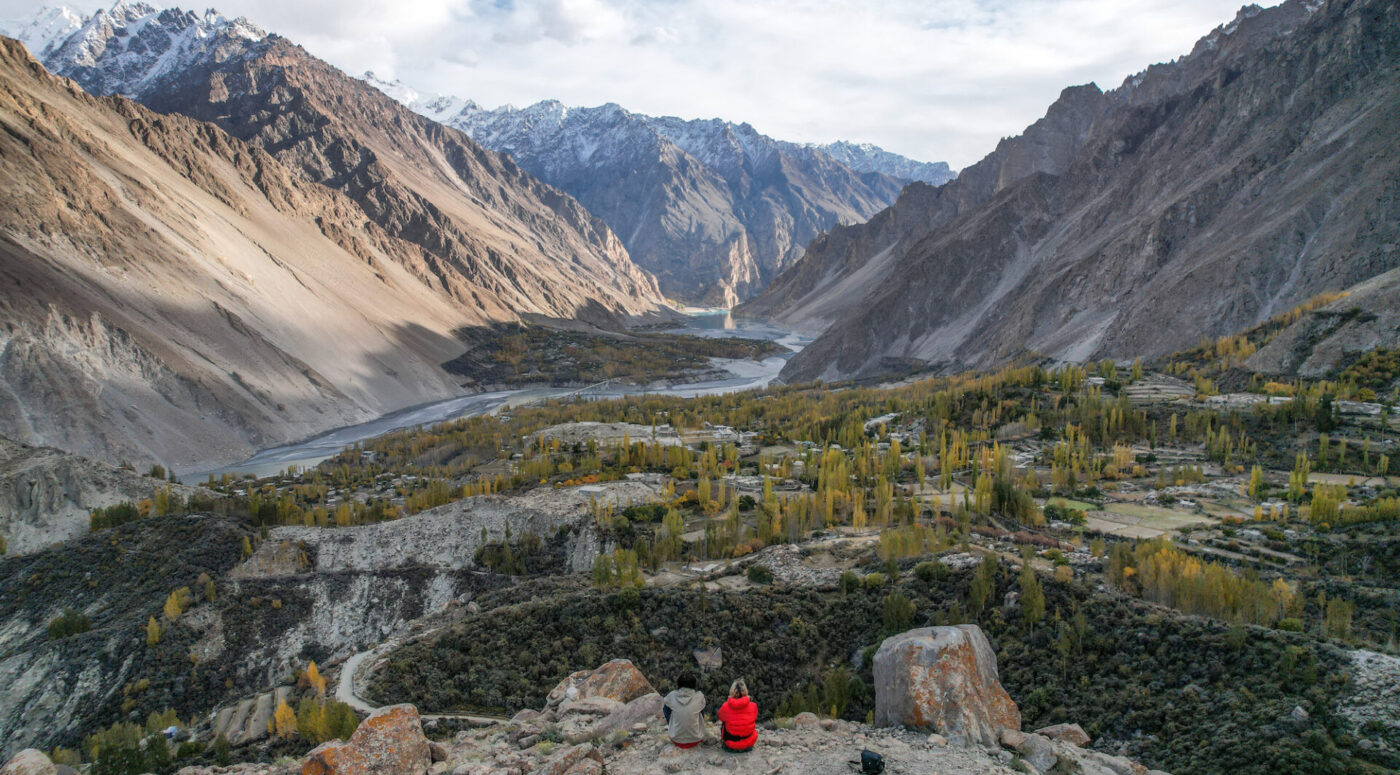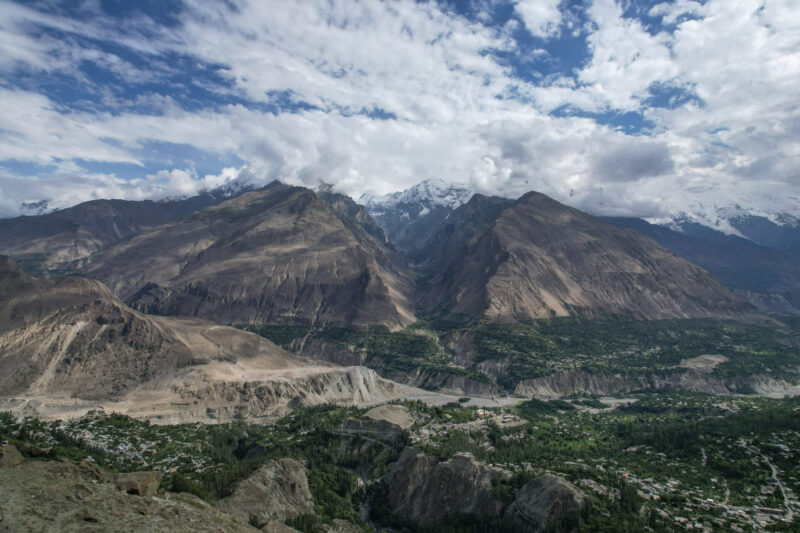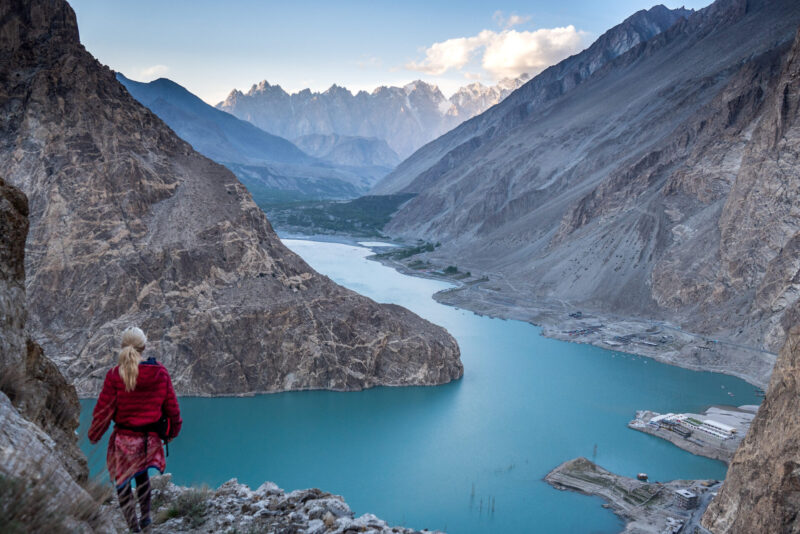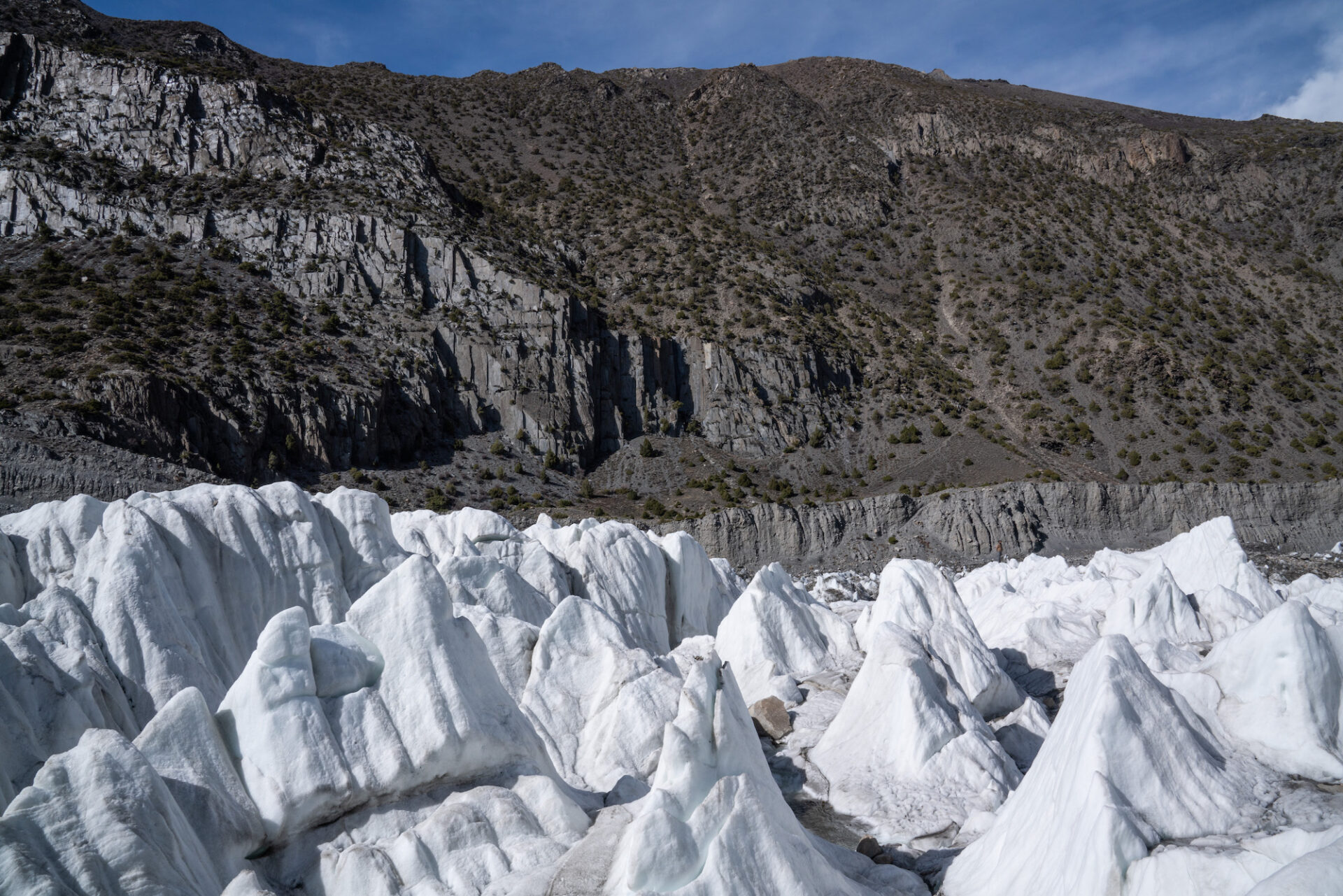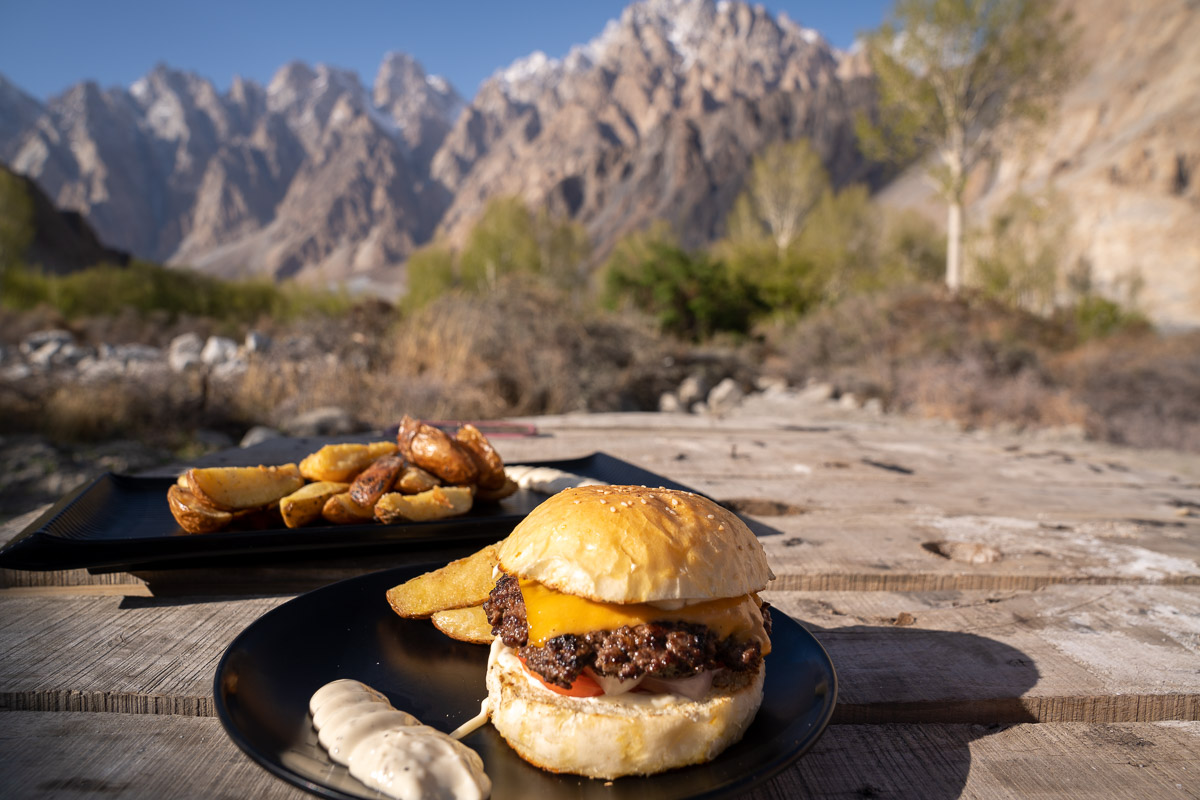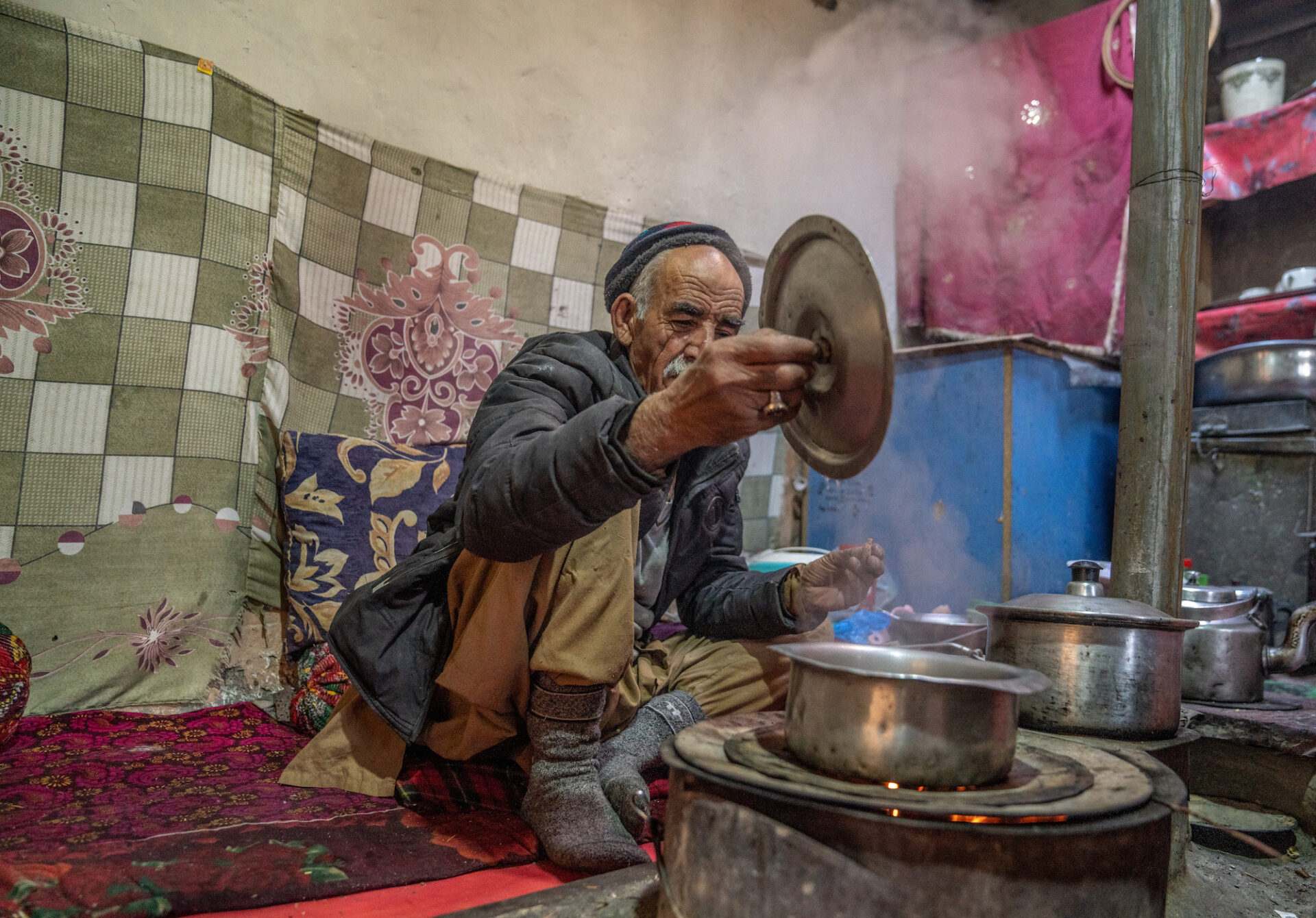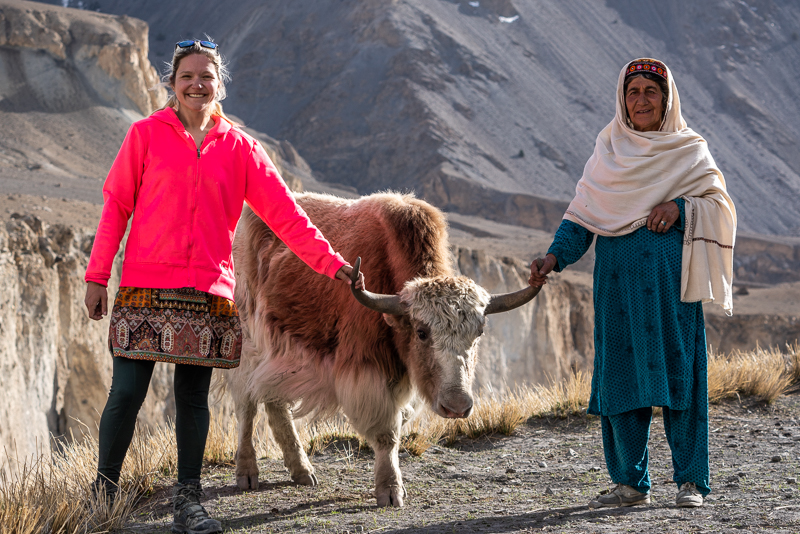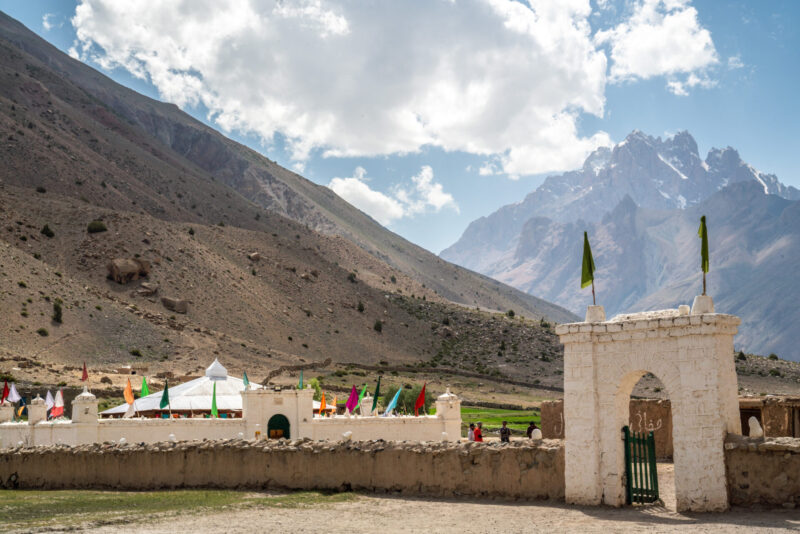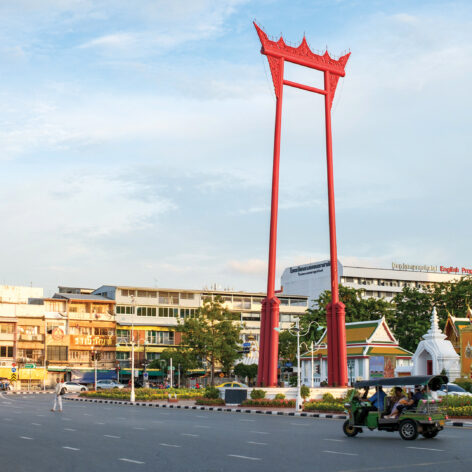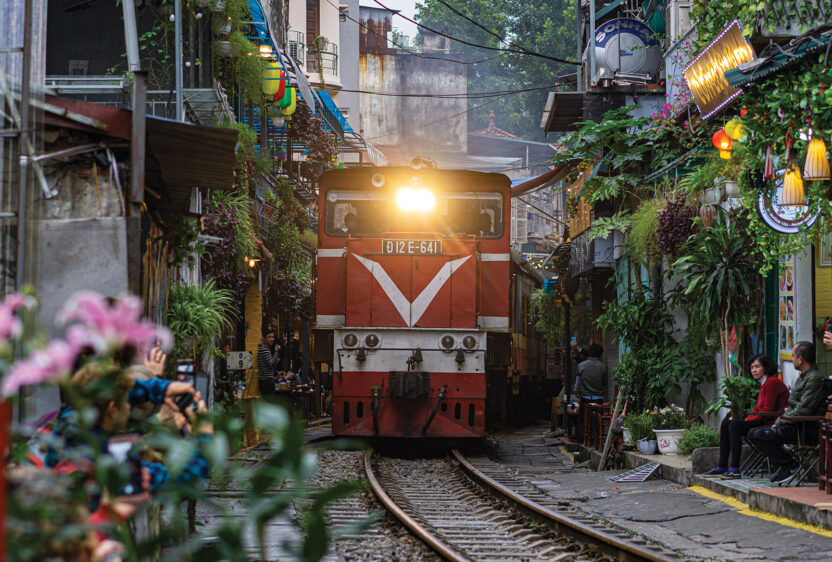I still remember the moment I drove past the “Welcome to Hunza” sign and officially entered the valley. Mountains larger than anything I’d ever seen in my life flanked the paved highway as my van trundled along, passing by a sea of trees in various stages of pastel-colored bloom.
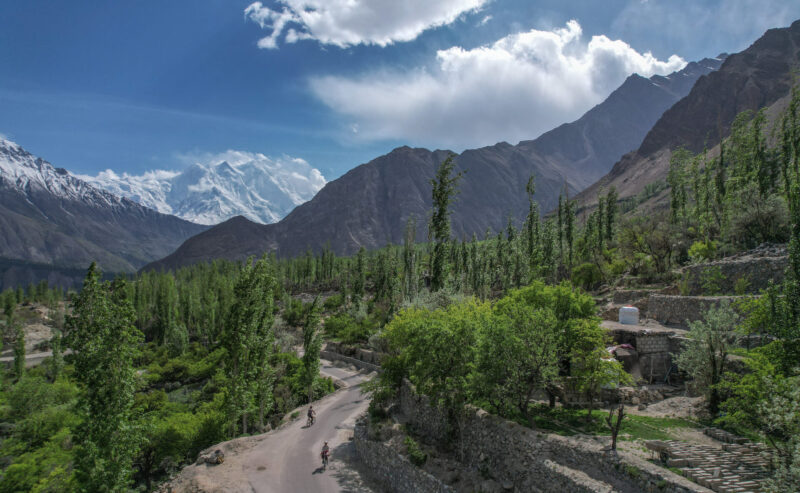
After a 12-hour drive up the Karakoram Highway (KKH) from Islamabad, I’d arrived just in time to see apricot, apple, and cherry trees at their flowery peak. It was a sight that neither the Himalayas, the Hindu Kush range nor thousands of images could have prepared me for.
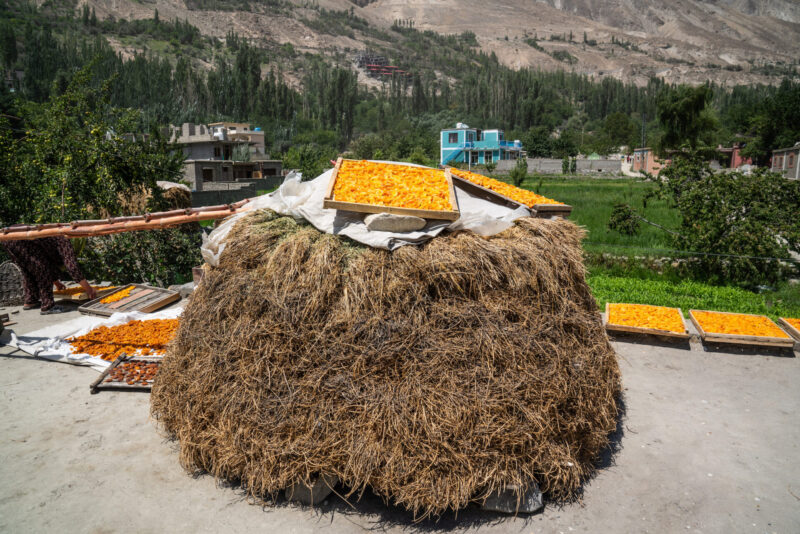
Each year, more and more travelers are flocking to Pakistan to discover a land termed by early travelers as “Shangri La.” Home to some of the most under-rated hiking trails in the world and the highest density of 7,000-meter peaks, the landscapes of Hunza Valley are some of the most incredible in the world. Icy-blue rivers and alpine lakes dot the landscape, and half a dozen glaciers cut between the mountains.
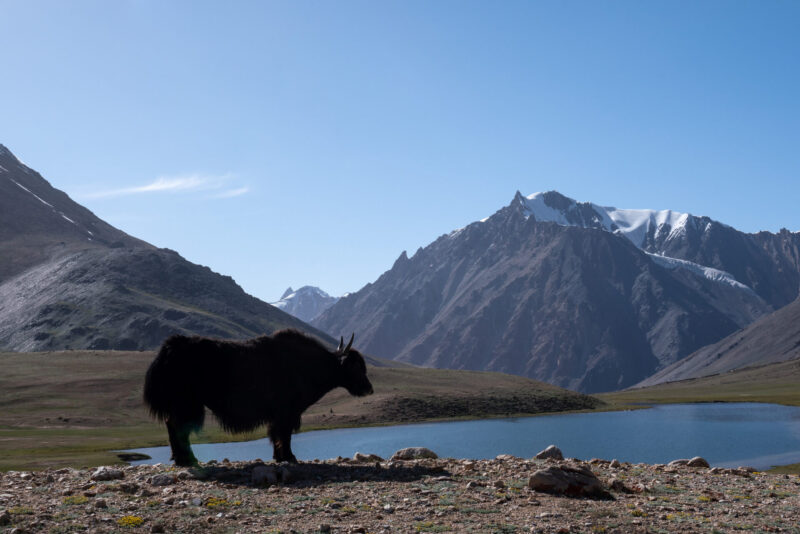
But the northern region, part of the Gilgit Baltistan territory that borders China and Tajikistan, is not just notable for its surreal views and high-altitude treks. Known for its warm, community-based culture and hospitality, Hunza is home to rare indigenous languages such Burushaski, Wakhi and Shina, as well as apricots in forms you didn’t know existed.


